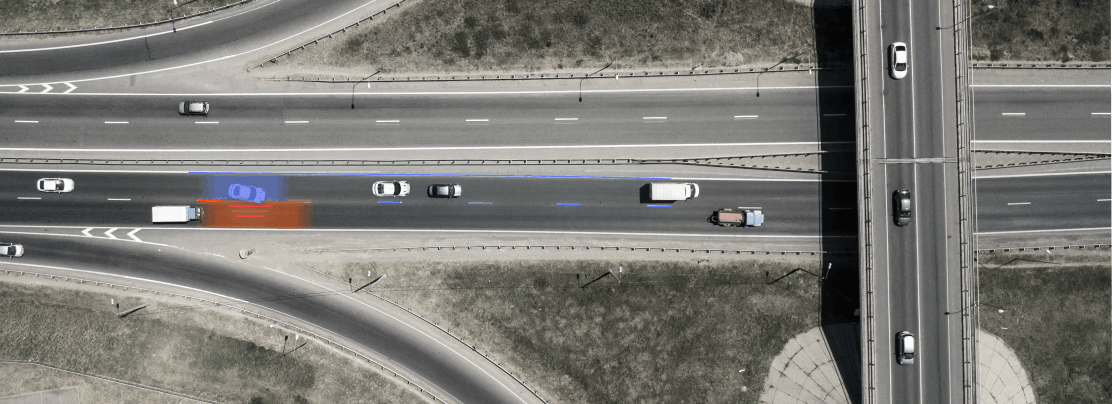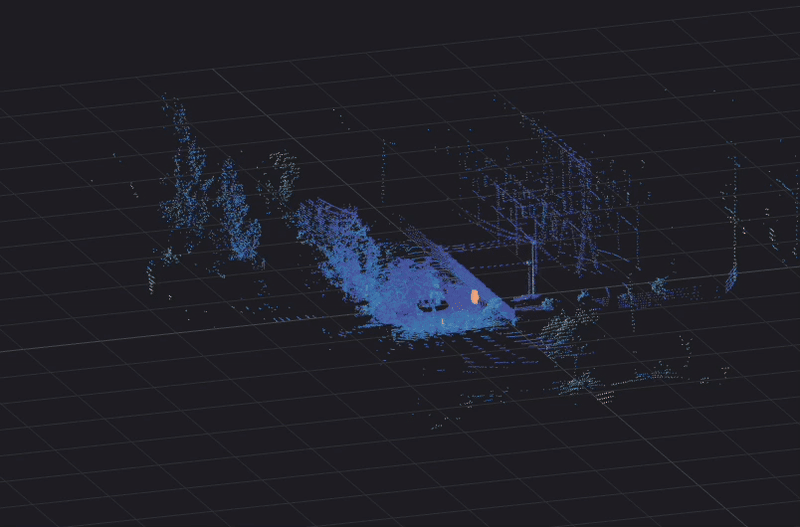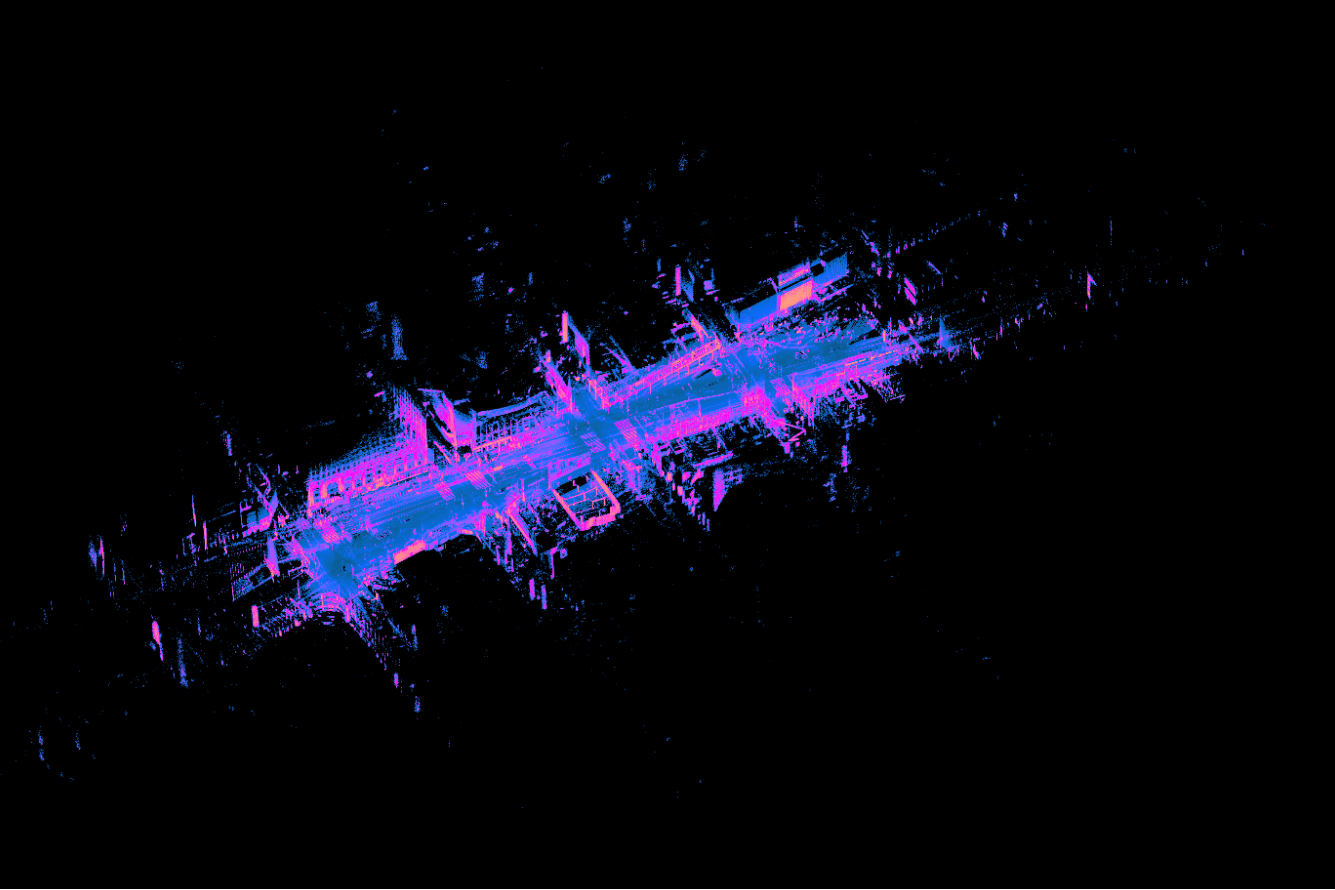Historic problems, complex solutions
In today’s digital world, technology that was once science fiction is now becoming reality all around us. Nowhere can this be seen clearer than in the transportation industry. Autonomous vehicle (AV) companies are on a mission to solve some of the most complex problems ever known. Augmenting the human driver experience with automated functionality, and even removing the driver from the vehicle entirely, requires an entirely new level of embedded processing performance and sophisticated AI software.
Current advanced driver assistance systems (ADAS) are designed with more than 200 million lines of code. To provide some perspective, that is more than a Boeing 737, F-35 fighter jet and all of Facebook combined. This level of complexity makes AV development an incredible challenge for engineers.
Autonomous systems need to perceive, interpret, and respond to their surroundings quickly and reliably in all environmental conditions. Bringing these complex, safety-critical systems to our roads requires a seamless integration of hardware and software optimized to take full advantage of modern AI supercomputing.
NVIDIA drives AV development
When AV engineers find themselves at the intersection of complex artificial intelligence and hardware integration, they can confidently turn to NVIDIA®. Since its invention of the GPU in 1999, NVIDIA has leveraged this foundation to expand what’s possible with modern AI computing. Their AI compute platforms can be found across the modern technology landscape from industrial analytics and healthcare to robotics and autonomous vehicles.
As the leader in embedded supercomputing, NVIDIA has built an end-to-end development platform that enables scalable deployment of autonomous functionality to all sectors of the transportation industry. NVIDIA DRIVE is designed to simplify all aspects of AV development and is already being used by many of the leading autonomy companies worldwide. NVIDIA DRIVE users have access to NVIDIA’s in-vehicle hardware platforms, software development kits (SDKs), vehicle reference architecture, AV simulation platform, and neural network training tools.
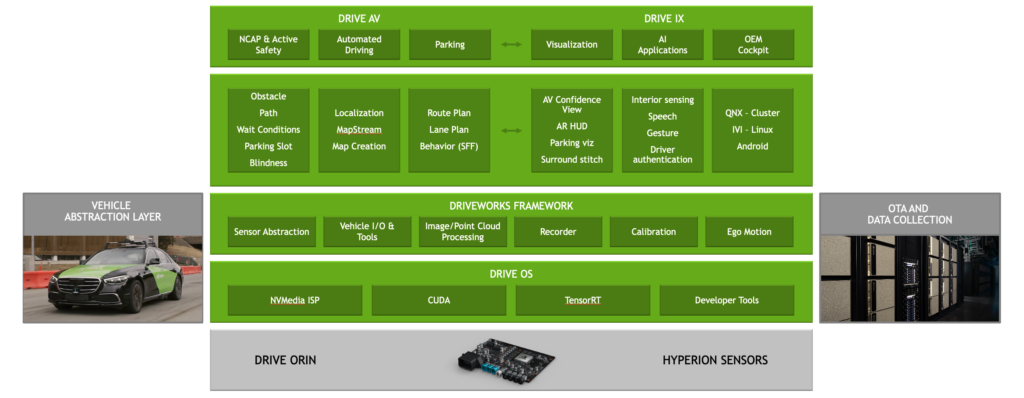
Ouster + NVIDIA DRIVE integration
At the foundation of the NVIDIA DRIVE software stack is the DriveWorks SDK, which provides a simplified framework for AV perception stack development. Ouster is using NVIDIA DRIVE to further enable simple integration of our high-performance digital lidar onto any autonomous vehicle platform through our dedicated NVIDIA DriveWorks plugin. This compatibility significantly eases the development burden of bringing best-in-class 3D lidar perception to vehicle platforms and enabling safer transportation for everyone. Ouster’s DriveWorks plugin makes it easier to:
- Integrate Ouster lidar sensors into software platforms
- Process rich lidar point cloud data
- Boost perception algorithm performance
- Train deep neural networks (DNN) with lidar data output
- Calibrate sensor suite
- Replay and analyze recorded data from multiple sensors
More data = better algorithms
It is now easier than ever to leverage cutting-edge digital lidar as a competitive advantage. The NVIDIA DRIVE platform enables our customers to fully harness the power of Ouster lidar to maximize perception and localization algorithm performance. By working with NVIDIA, we can continue our push to put the best perception sensors, data, and tools in developers’ hands. For example, AV developers can use our structured ambient data to streamline vector processing and get camera/lidar fusion perception out of just one lidar sensor, all within NVIDIA’s simplified development framework.
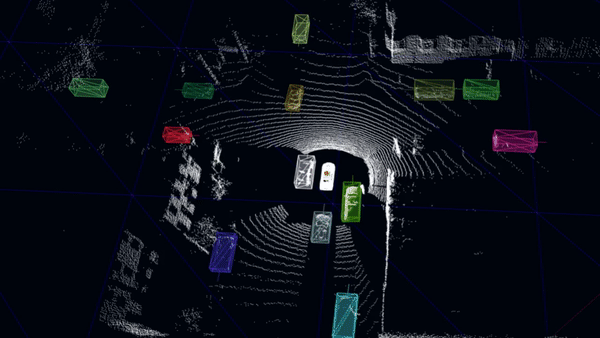
The high resolution of Ouster sensors also enables improved accuracy of safety-critical object detection algorithms. This is crucial in even mundane driving scenarios such as distinguishing between a drifting plastic bag and a dog running across the road. Traditional low-resolution lidar (16-channel or lower) does not provide enough data to the vehicle computer to make the right decision in such everyday situations.
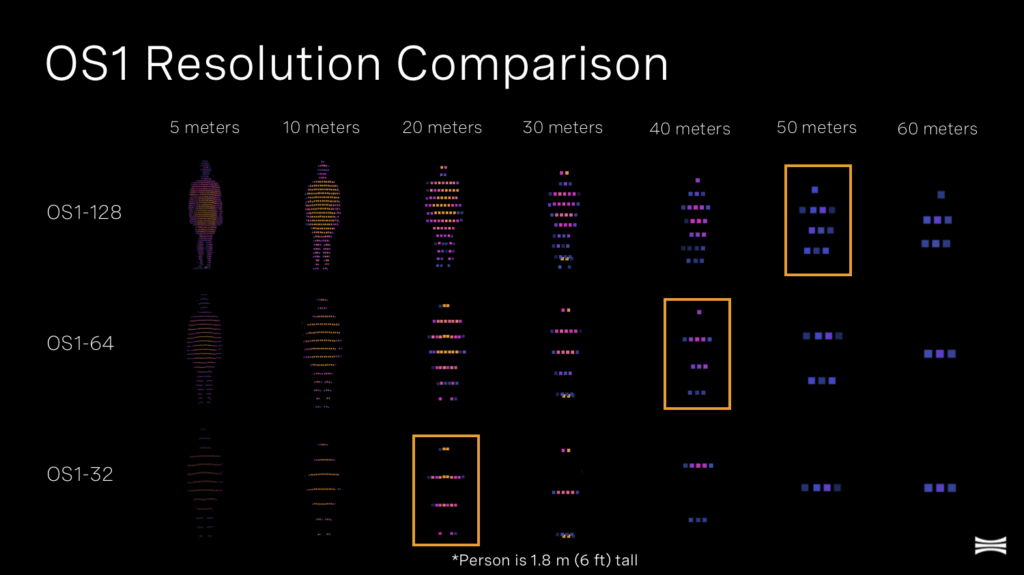
With seamless DriveWorks integration, AV engineers can more easily extract the inherent advantages of digital lidar and implement them to expand the capabilities of their autonomous systems. We are excited to see how customers use Ouster lidar and NVIDIA DRIVE together to design safer, more efficient autonomous vehicles for the future of transportation.
Reach out to our team of experts to learn more about our DriveWorks plugin and how you can upgrade your AV perception with Ouster digital lidar.
